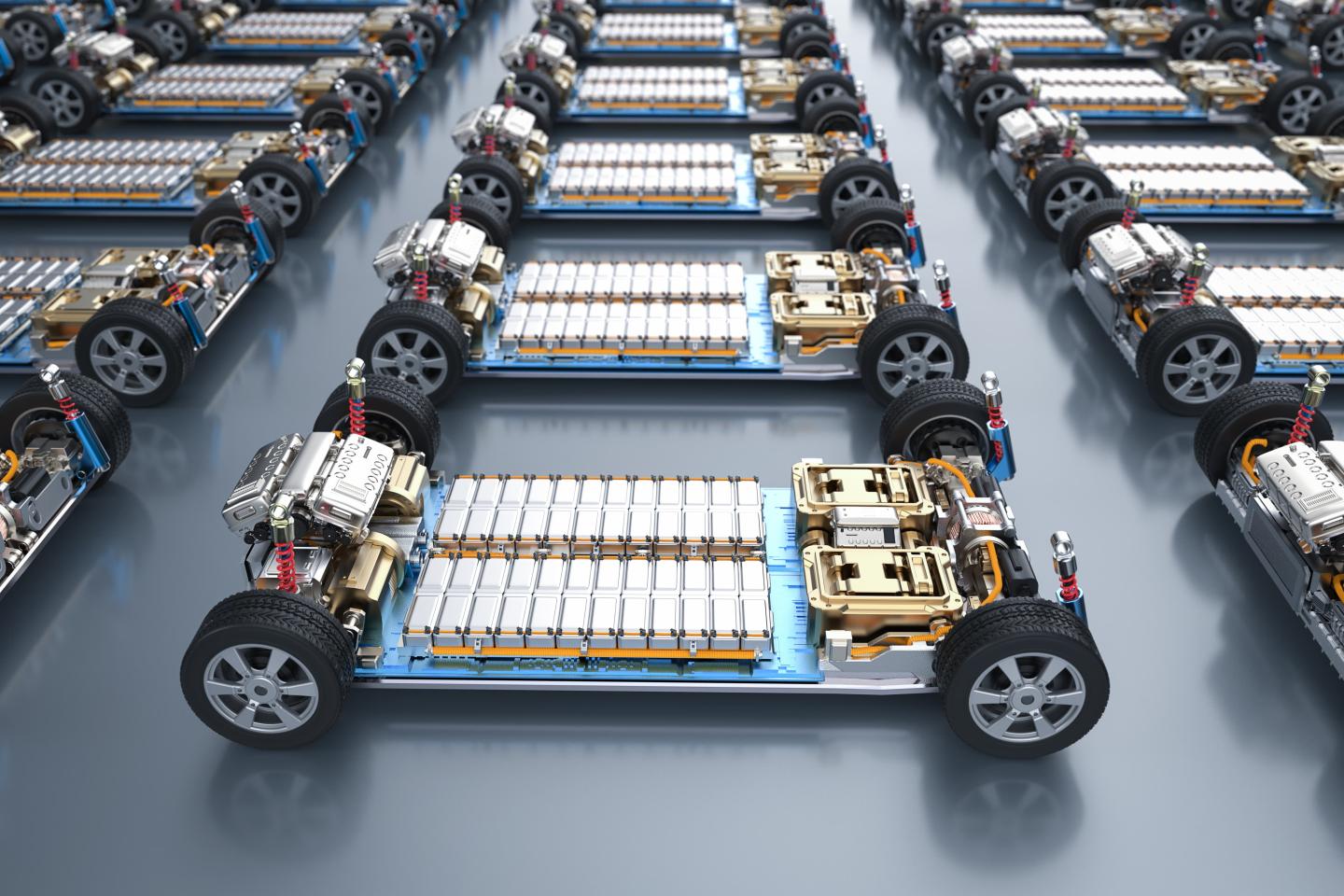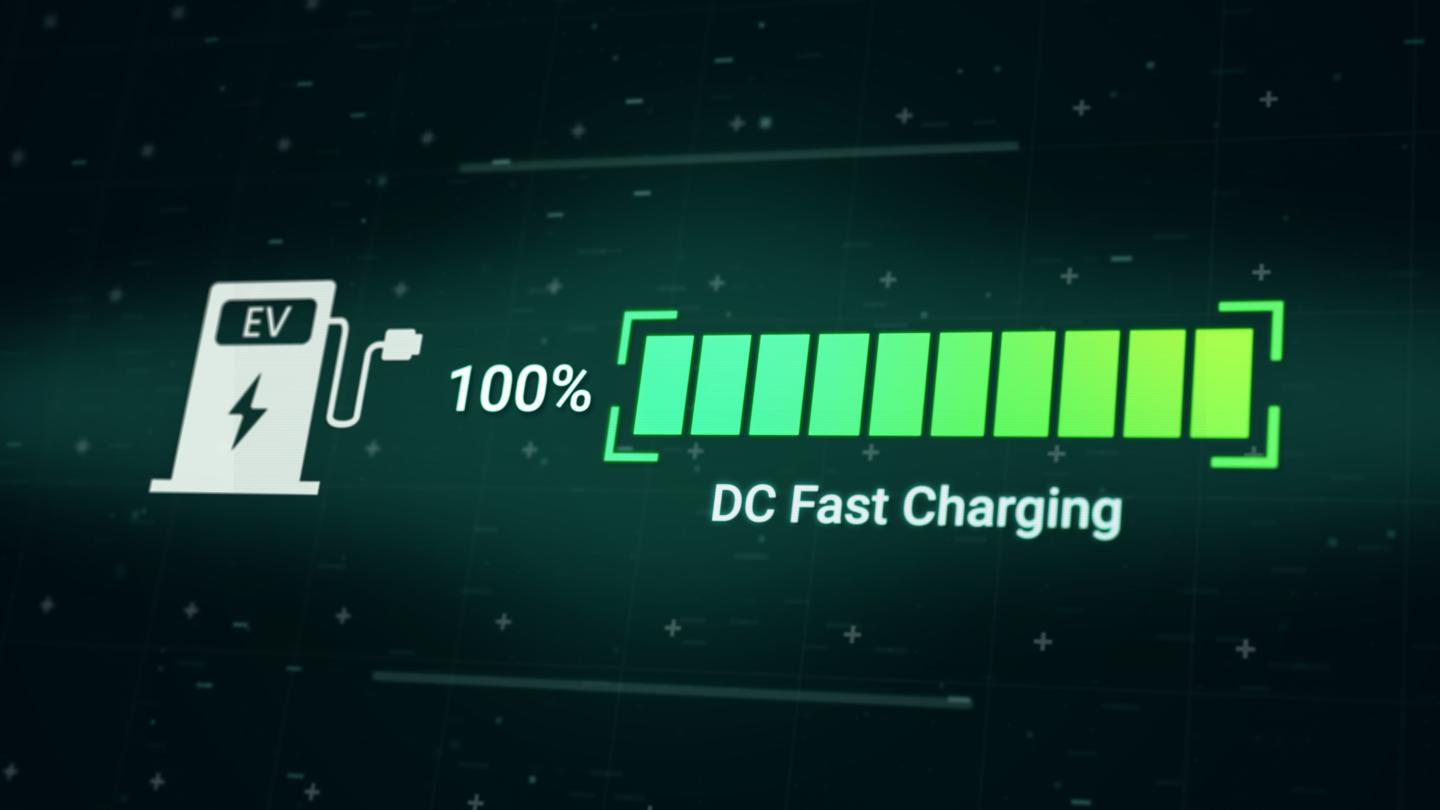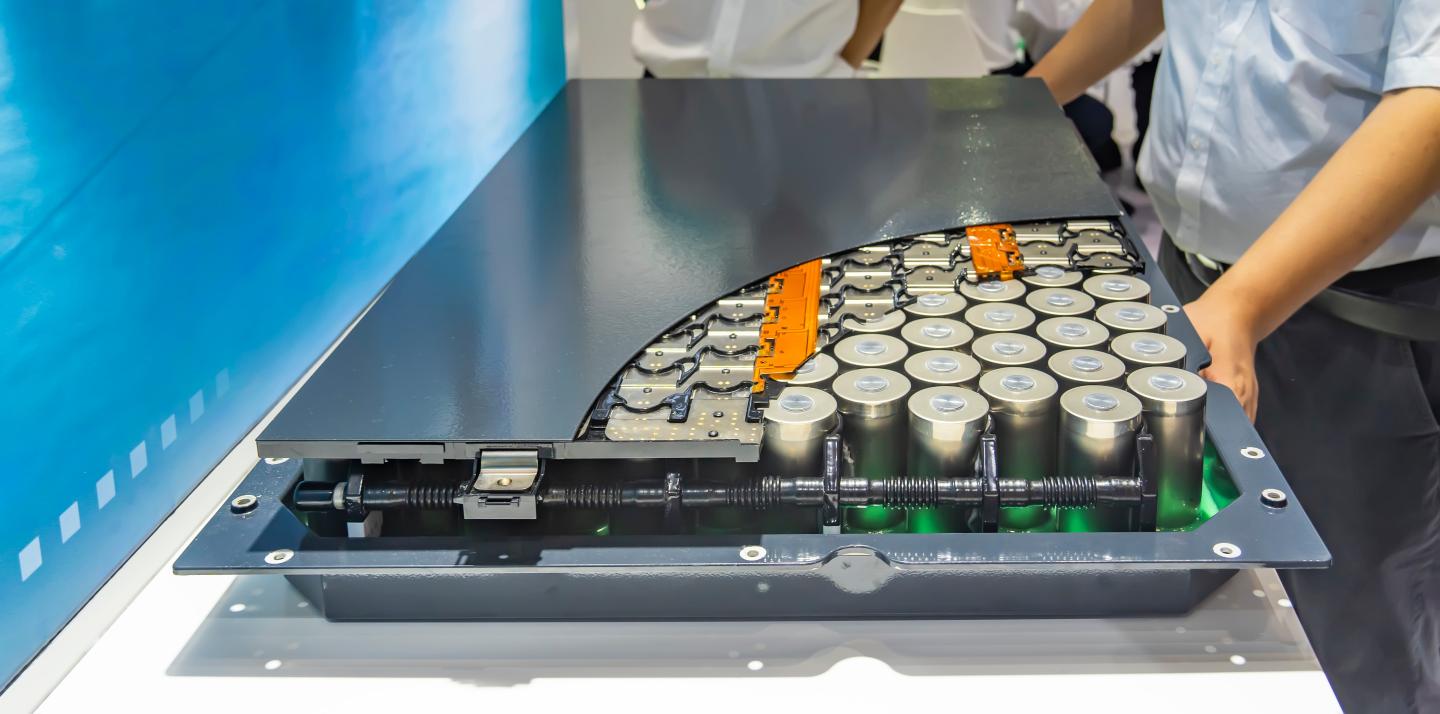Electric vehicle batteries are really good, and they’re getting even better
Cheaper. Faster charging. Cleaner. More recyclable.
The battery improvements that can help more drivers feel comfortable with electric vehicles — while helping take a big bite out of climate and air pollution — are coming to fruition.

“Batteries will get better, cheaper, and even power your home or the grid,” says Matthias Preindl, who heads Columbia University’s Motor Drives and Power Electronics Laboratory. “We have new technologies that will see the market at the earliest at the end of the decade. And we have promising experimental technologies too.”
Preindl believes the advances we’re seeing now, including a sharp drop in battery prices, are only the beginning.
That is, in part, because governments have been pouring billions of dollars into EV battery research and development. The U.S. is a case in point, with the Bipartisan Infrastructure Law and Inflation Reduction Act investing at least $6.7 billion in battery research and development.
“I’ve heard it called an arms race,” says Brian Cunningham, program manager at the U.S. Department of Energy’s vehicle technology office. The DOE and its research partners, including national laboratories and universities, are working on everything from which elements are used to create batteries all the way up to how they are designed, assembled and recycled.
They are not alone. This April, the South Korean government and three top Korean manufacturers announced they’ll invest more than $15 billion in battery R&D. The European Union and some of its member states have pumped in more than $4 billion, through the Battery 2030+ and other initiatives. And China, which has helped to cultivate the world’s largest EV market, has spent massively in the field, with subsidies to one battery maker alone accounting for more than $2.5 billion in battery investment between 2019 and 2020. Automakers and venture capitalists, of course, are in on the action, too.
Here’s just some of the innovations that investment is bringing down the pike:
Price drop — cheaper EV batteries mean less expensive cars
Batteries currently account for a whopping 30-40% of an EV’s purchase price. For an SUV like Nissan’s electric Ariya, which lists at $44,555, that’s more than $15,000.
And though many EVs are already cheaper to own over their lifetimes than comparable gasoline-powered cars and trucks, especially when you account for fuel, insurance and maintenance, for a lot of consumers, EVs’ sticker prices can be, well, a sticking point.
The good news is that innovation and economies of scale have already caused EV battery prices to plummet by 89% in the last 15 years. Now, thanks to those same forces, battery costs are set to drop even further, by as much as a third again in the next five years. In other words, the Ariya’s $15,000 battery pack could drop to $10,000.
Cheaper batteries mean less expensive EVs. With the innovations in manufacturing and battery chemistry now underway, Cunningham says, “You should be able to make a vehicle that’s cost-competitive right from the start.”
Faster EV charging
Ten minutes to charge? That’s the holy grail of electric vehicle batteries.

To achieve it, you need two things: fast chargers (known as “level 3” chargers) and batteries capable of absorbing electrons quickly.
“Right now, there are at least 30,000 fast chargers available in the U.S. and tens of thousands more are slated to be installed in the next seven years,” says Larissa Koehler, a director in Environmental Defense Fund’s vehicle electrification program. “We are working extensively with states across the country to help them prepare their electric grids in ways that will make this kind of fast charging possible.” In other words, one part of the fast-charging equation is already in the works.
On the battery technology end, much progress is being made as well. Currently on the market are EV batteries that can charge more than 200 miles’ worth in 15 to 20 minutes. These batteries are available in both high end and affordable cars, including at least one Kia, some Teslas, and a Hyundai Ioniq 5 that retails for under $42,000. (That’s about $7,000 less than an average new vehicle in the U.S.)
As more and more level 3 chargers come online, charge-in-10-minutes batteries should be readily available, too. “These should be standard issue by the end of the decade,” says Preindl.
For road trippers and street parkers, this is great news. But for the vast majority of drivers, however, there’s no need to wait. The average American drives less than 30 miles a day. An overnight charge at a simple wall outlet, or a couple hours at a level 2 charger in a shopping center or apartment complex will do the job.
Cleaner EV batteries
Any industry that pulls resources out of the earth can create dangerous health conditions for workers and communities that live nearby. That’s certainly the case for fossil fuels. (Think black lung disease among coal miners, as well as increased rates of asthma, cardiovascular disease and cancer among oil and gas workers and people who live near mining and drilling operations.) It’s the case for the minerals used in EV batteries, too.
The impact of mining minerals for EV batteries is large. Just how big it is and how it compares to oil drilling is still to be determined. And, as with oil drilling, there have been human rights concerns. All of these facts point to the need to reduce our demand for driving overall, by making transit more available, communities more walkable and bikeable, and ridesharing more possible.
Innovation is also addressing this problem. For instance, new kinds of lithium batteries are already reducing the impact of mineral mining. These batteries use iron and phosphate, which are much easier and safer to mine, and more readily available, than the nickel, manganese and cobalt used in standard lithium-ion batteries.
Engineers and manufacturers are also developing sodium-ion batteries, which use commonly available sodium, instead of lithium. These batteries currently hold less power than lithium-based batteries, but can work well in the many situations where long-range driving — more than about 150 miles per charge — is not required. And many researchers believe the performance of sodium-ion batteries will improve as the technology matures, just as it did with lithium-ion batteries.
EV battery recycling
One of the many benefits that EVs offer is that batteries are composed of elements that can be recycled and used again and again. (Gasoline, by contrast, burns up and is gone. And its climate pollution lingers in the atmosphere for centuries.)

Right now, governments around the world and private companies are investing billions of dollars to ensure batteries and their components can be recycled successfully and reused to make new batteries. “We want to make sure we can do this cost-effectively and the consumer doesn’t notice a difference in performance,” says Cunningham.
Estimates are that in the U.S., recycled battery components could cut down on minerals mining by supplying as much as 18% of the lithium, cobalt and nickel needed for EV batteries by 2035. And that’s just the start, because EVs purchased now will likely remain on the roads for 10 years or more. Meaning there will be more batteries to recycle at the end of their usefulness and more minerals that can be used again.
No need to wait on better batteries
Even with all the new technologies in the works, Preindl believes current EV batteries already do pretty amazing things. “EVs can charge fast. Current electric vehicles match and exceed the promises they make,” he says. “There’s no reason to hold off on buying an EV now. ”


